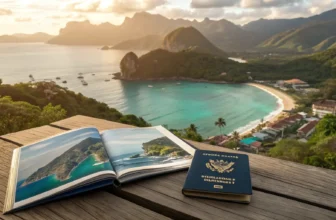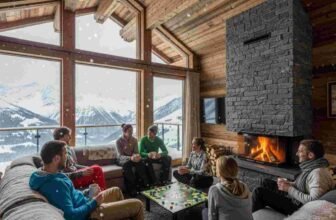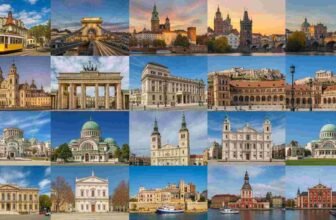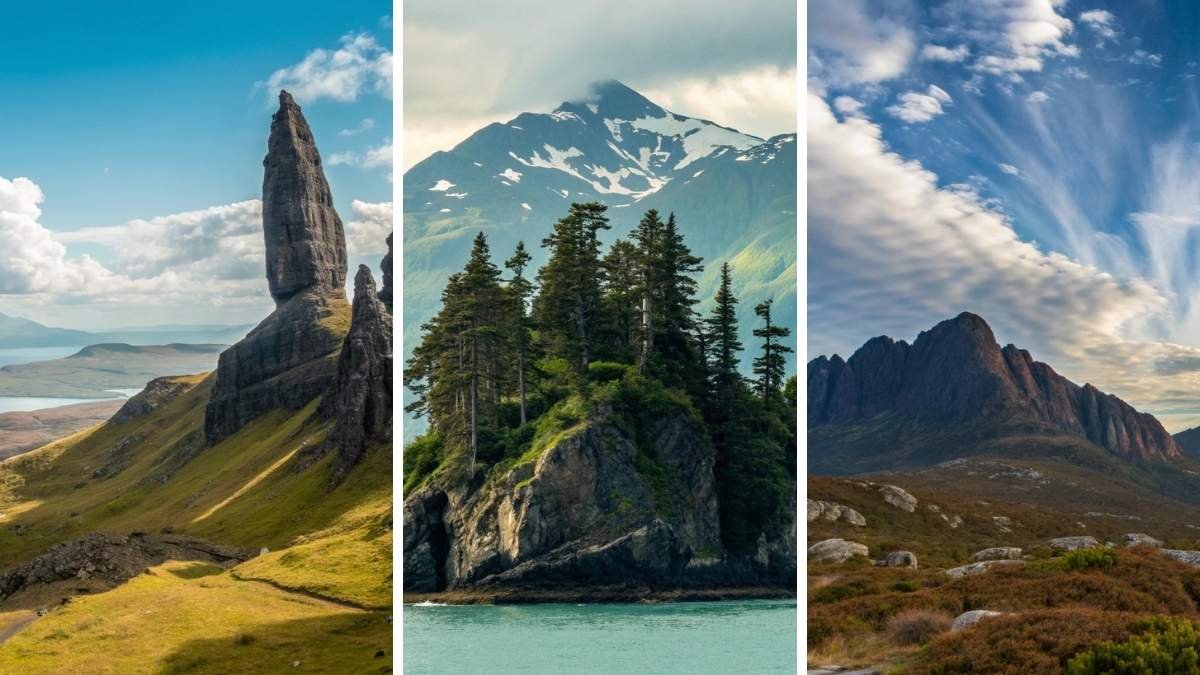
Restlessness has a way of creeping in when the same travel destinations keep getting recycled. Some places are so hyped they almost lose their magic, and the price tags can sting more than the cold air on a mountain peak.
But there’s a thrill in knowing that breathtaking landscapes, soul-stirring adventures, and cultures that feel authentic are still out there—often closer, quieter, and far less expensive.
This isn’t about skipping beauty; it’s about finding it where others haven’t looked yet. If you’re ready for rugged coastlines, cinematic peaks, and unforgettable journeys without the tourist-heavy price, you’re in for something special.
1. Faroe Islands
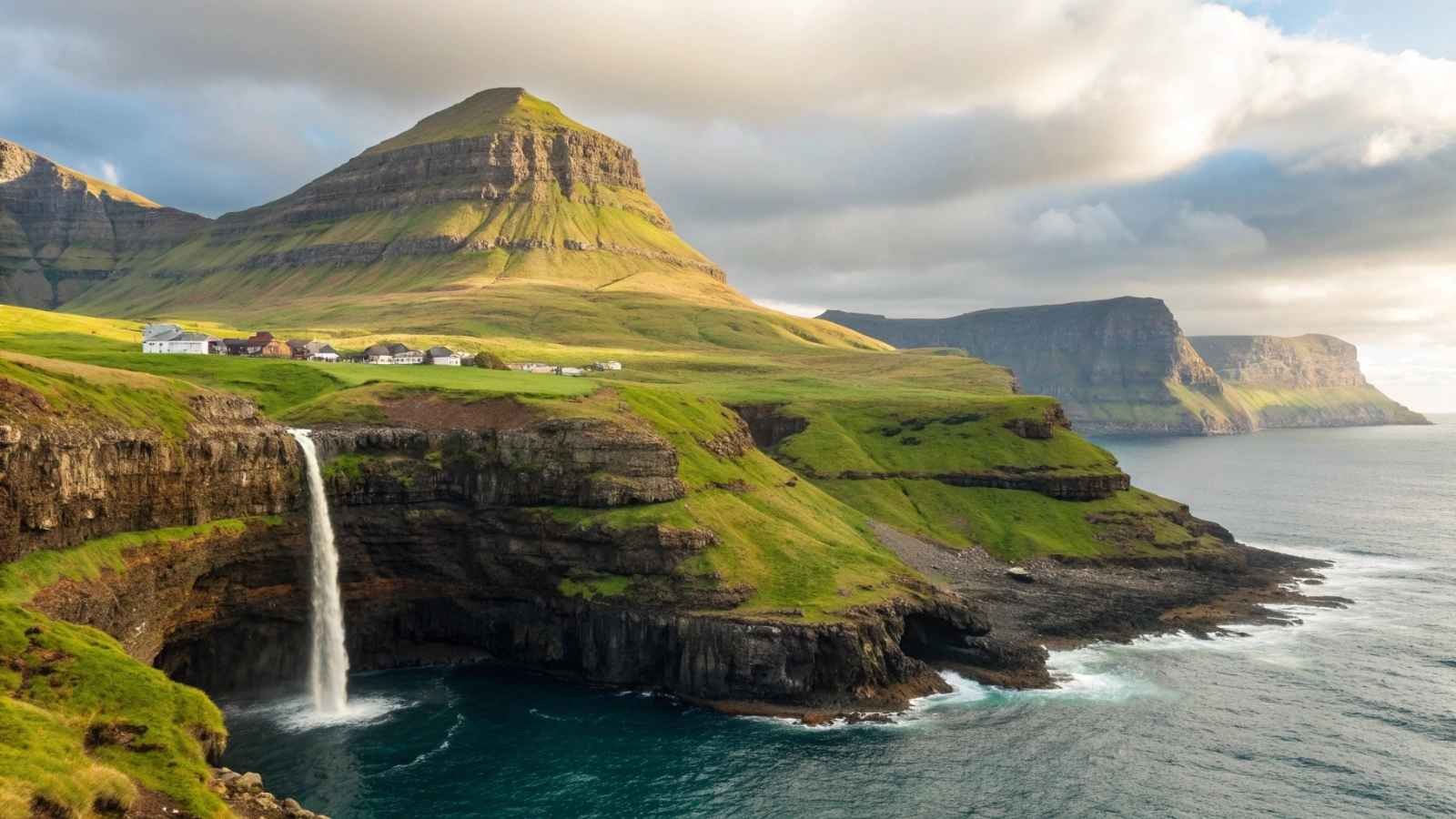
The Faroe Islands feel like a place you almost shouldn’t know about—a tiny, dramatic cluster of 18 volcanic islands in the North Atlantic that feels untouched by time. Sheer cliffs drop straight into the sea, turf-roofed houses dot tiny villages, and the weather keeps everything moody and unpredictable. It’s the kind of destination that rewards the curious traveler, offering hikes that feel private and coastlines that rival anything in New Zealand, without the constant crowds or inflated prices.
The culture here is just as fascinating as the scenery. Despite being part of the Kingdom of Denmark, the Faroese people have preserved their own language, traditions, and way of life. Fishing villages thrive, and small-town hospitality feels genuine. You won’t find luxury resorts on every corner, but you’ll find something better—local guesthouses, cozy cafés serving lamb and seafood, and a pace of life that feels refreshingly old-school.
Outdoor enthusiasts love it here. The islands are a natural playground, with hikes like the Sørvágsvatn lake trail, where the water appears to hang above the ocean, and cliffs perfect for puffin spotting. And because it’s lesser-known, there’s a real sense of discovery—you feel like you’ve stepped into a secret world.
Quick Travel Notes:
- Best months to visit: May to September (longer days, milder weather).
- Getting there: Flights from Copenhagen, Edinburgh, and Reykjavik.
- Must-do: Hike to Kallur Lighthouse on Kalsoy Island.
- Cost tip: Opt for self-catering or guesthouses to save money.
2. Iceland
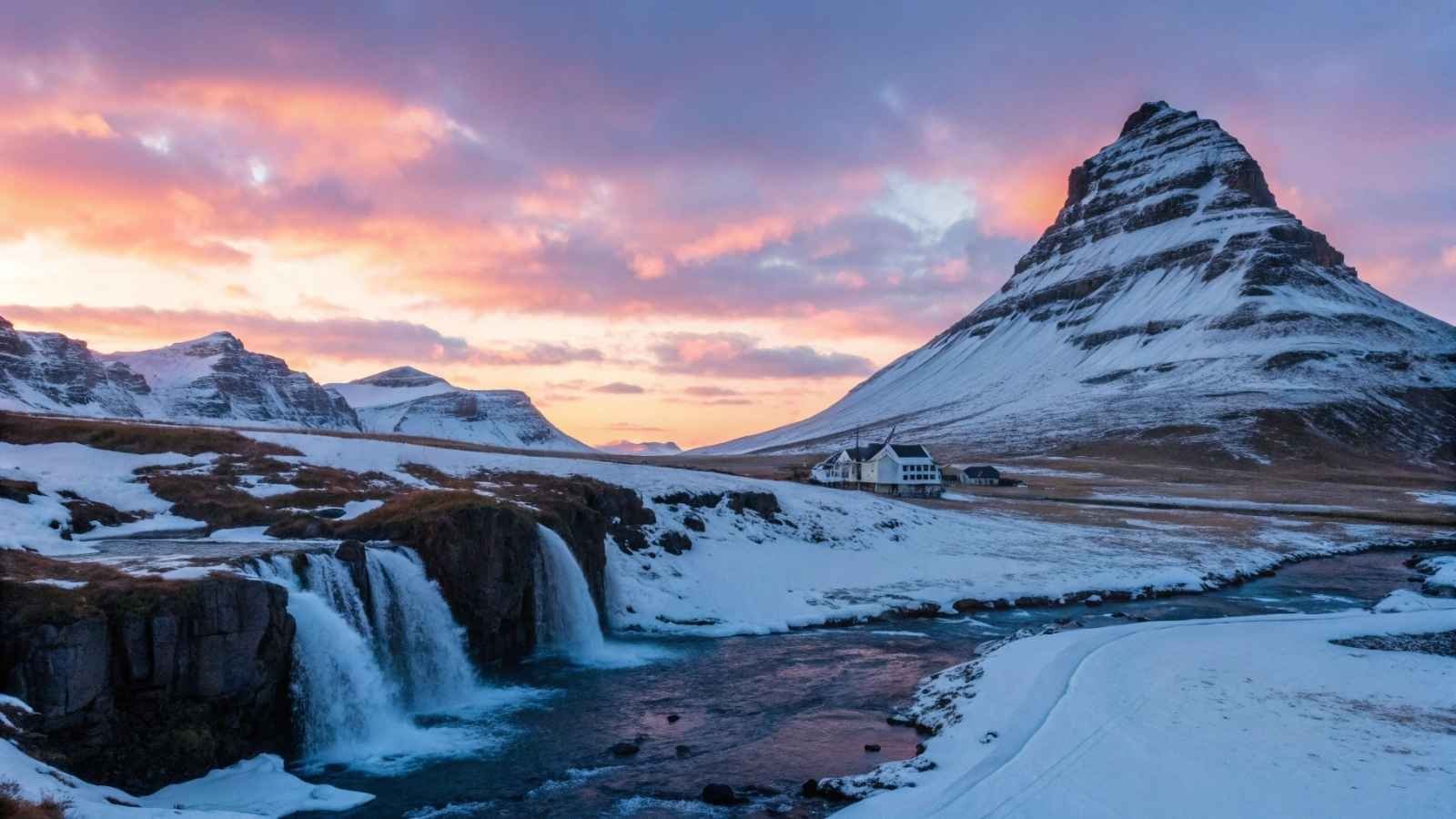
For raw, otherworldly landscapes, Iceland is unbeatable. Volcanic fields, geothermal springs, ice caves, and black sand beaches create a backdrop that looks straight out of a fantasy film. What makes Iceland a great “instead of New Zealand” option is its diversity of landscapes in such a small space—one day you’re climbing waterfalls, the next you’re soaking in a hot spring with glaciers in view.
Yes, Iceland has become more popular in recent years, but it’s still easy to get off the beaten path. The Golden Circle draws crowds, but the Westfjords and Eastfjords are quieter, wilder, and feel more intimate. Renting a car and doing the Ring Road gives you the freedom to explore at your own pace, stopping at villages, farms, and hidden trails whenever the mood strikes.
Beyond nature, there’s a unique cultural charm here. Reykjavik offers design-forward cafés and lively music scenes, while rural areas keep traditions alive—think turf houses, hearty soups, and a connection to the land that’s hard to miss. For travelers looking for an experience that blends adventure and comfort, Iceland is the sweet spot.
Quick Travel Notes:
- Best months to visit: June to August for long days; September to March for Northern Lights.
- Getting there: Direct flights from Europe and North America.
- Must-do: Blue Lagoon or less touristy hot springs like Mývatn.
- Cost tip: Groceries and camping are cheaper than restaurants and hotels.
3. Norway’s Lofoten Islands
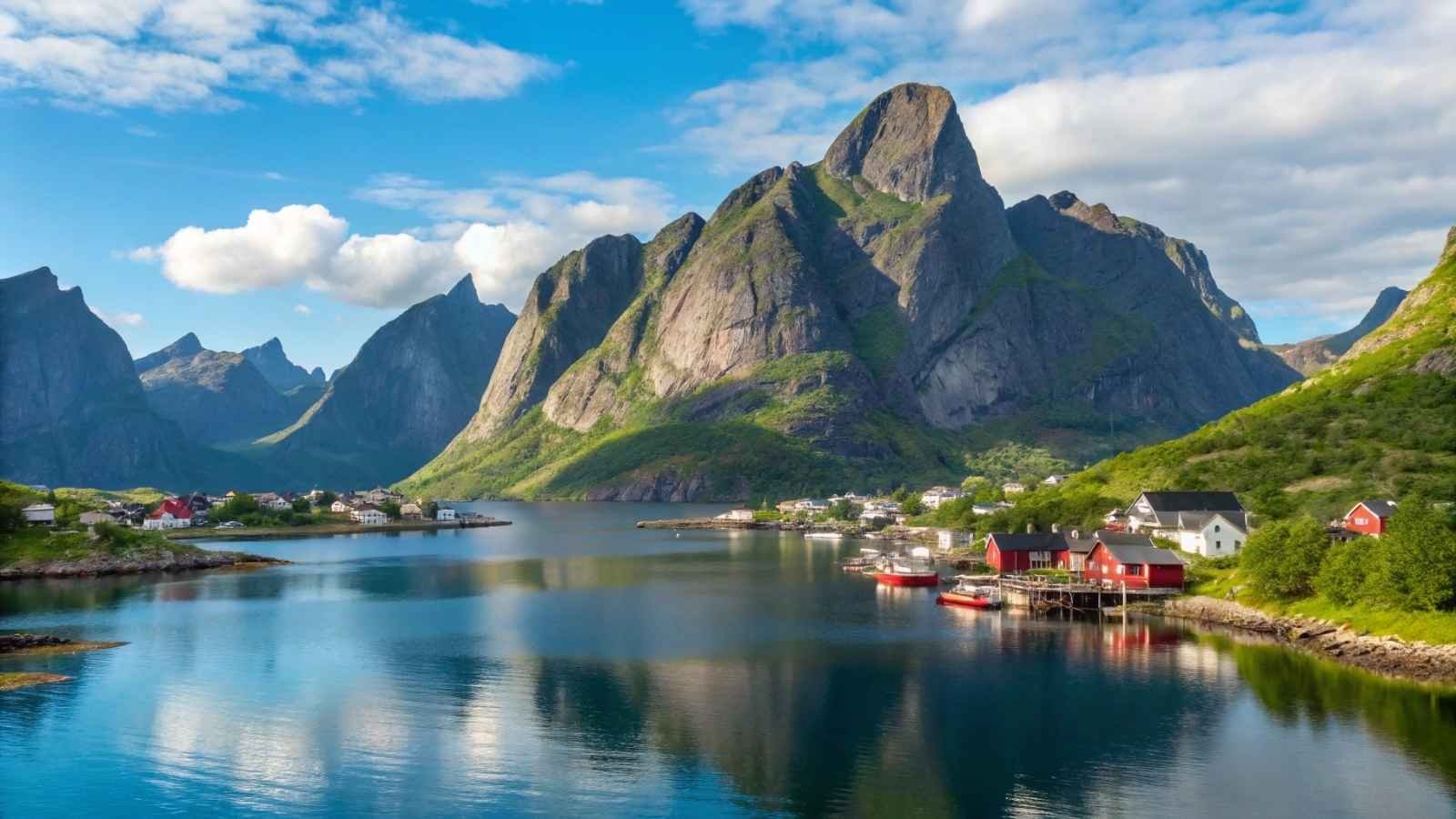
Lofoten has that wild, cinematic beauty that makes travelers rethink what they know about Europe. Jagged peaks rise straight from turquoise fjords, fishing cabins glow red against snow-dusted mountains, and the light changes by the minute. It’s remote enough to feel adventurous but still connected enough to be comfortable.
What sets Lofoten apart is the variety. You can hike the Reinebringen trail for sweeping views, kayak through glassy fjords, or chase the Northern Lights in winter. In summer, the midnight sun creates endless days where you can explore late into the evening. And for food lovers, Lofoten’s seafood is as fresh as it gets—arctic cod, stockfish, and even whale dishes for the adventurous eater.
It’s not the cheapest destination in Europe, but it’s still less expensive than traveling halfway around the world to New Zealand. Plus, staying in rorbuer (traditional fisherman’s cabins) offers a cozy, authentic experience you won’t forget.
Quick Travel Notes:
- Best months to visit: June to August for hiking; February to April for Northern Lights.
- Getting there: Fly to Bodø, then ferry or drive to Lofoten.
- Must-do: Stay in a rorbuer and hike Reinebringen.
- Cost tip: Book cabins with kitchens to cut food costs.
4. Scotland’s Outer Hebrides
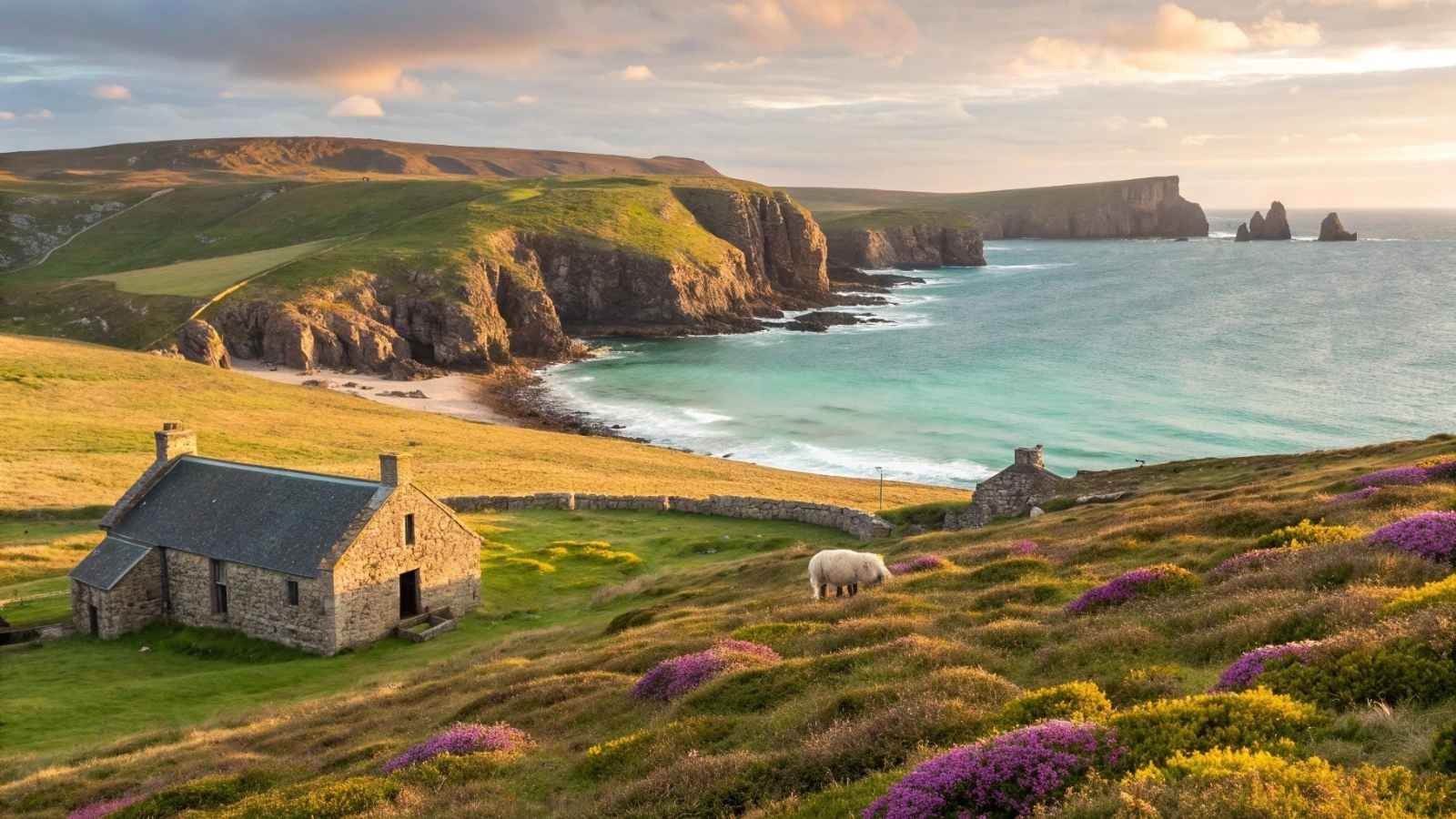
The Outer Hebrides are proof that you don’t have to leave the UK to feel worlds away. Windswept beaches with Caribbean-blue water, stone ruins, and Gaelic-speaking locals make it feel like another era. It’s the kind of place that mixes ruggedness and beauty in a way that feels almost poetic—you could walk a white sand beach without another soul in sight.
Travel here is slow, and that’s part of the magic. Ferries connect the islands, sheep roam freely, and small towns invite you in with cozy pubs and simple, hearty food. Harris is known for its handwoven tweed and beaches like Luskentyre, while Lewis offers ancient standing stones and cultural heritage.
Compared to New Zealand, the Outer Hebrides are quieter, less commercialized, and far easier to reach if you’re already in Europe. The scenery is striking, and the sense of history gives it an extra layer of depth.
Quick Travel Notes:
- Best months to visit: May to September for milder weather.
- Getting there: Flights from Glasgow or ferries from the mainland.
- Must-do: Visit the Callanish Standing Stones and Harris beaches.
- Cost tip: Self-catering cottages are great for longer stays.
5. Canadian Rockies (Alberta & British Columbia)
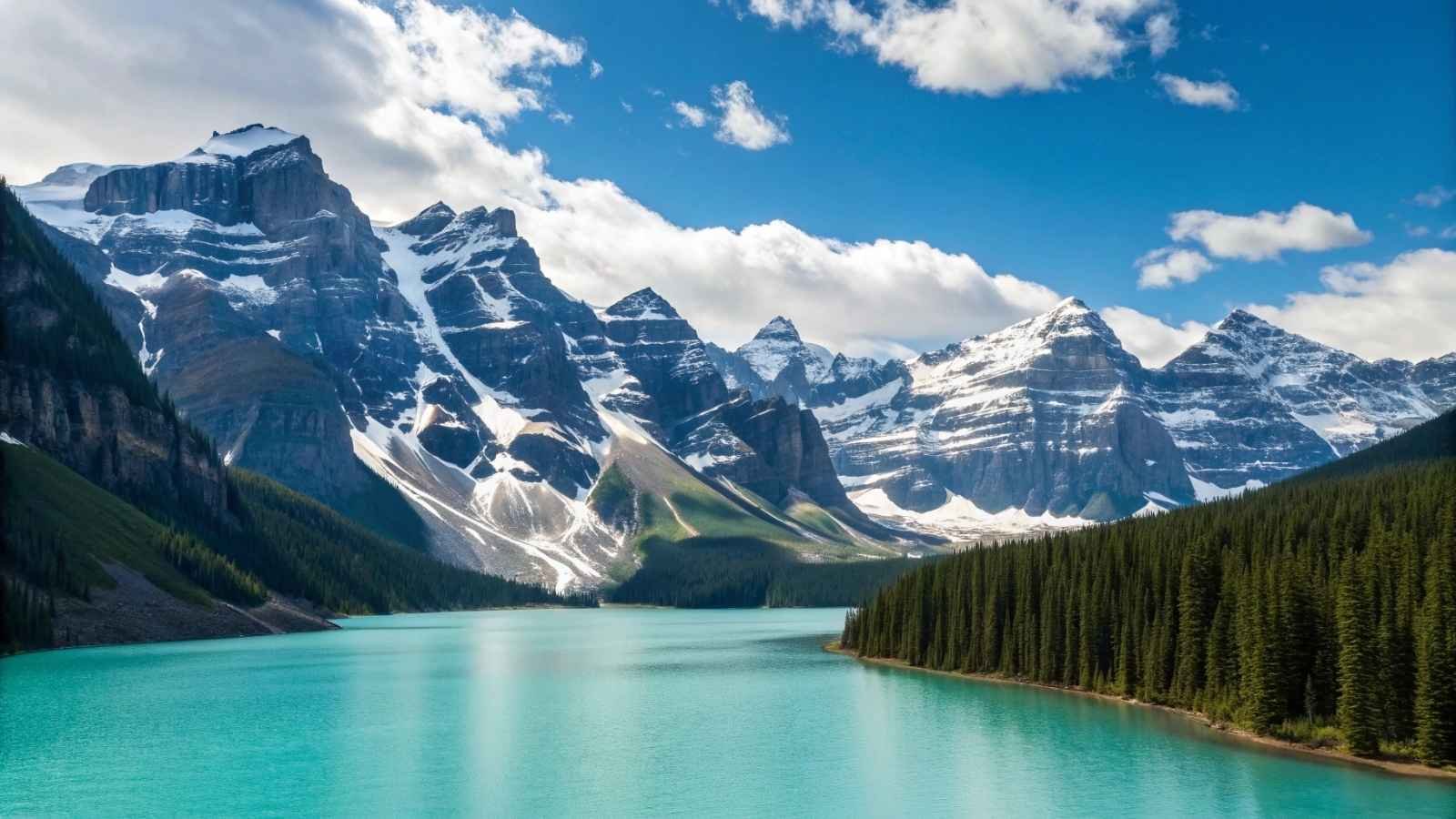
The Canadian Rockies are North America’s answer to big mountain beauty. Towering peaks, emerald lakes, glaciers, and dense pine forests stretch for miles, and there’s enough variety to keep any traveler busy for weeks. Banff and Jasper are household names for a reason—they deliver stunning scenery—but there’s plenty more to explore beyond the main parks.
What makes this region such a strong contender is accessibility. It’s easy to rent a car, drive scenic highways like the Icefields Parkway, and stop wherever something catches your eye. Towns like Canmore offer a quieter vibe compared to Banff, and if you head west into British Columbia, Yoho and Kootenay National Parks give you a more secluded feel.
The Rockies also cater to all comfort levels. Whether you want luxury lodges, rustic cabins by alpine lakes, or tent camping under the stars, it’s all here. And while it’s not a budget destination, it’s generally more affordable than flying to New Zealand and exploring its far-flung corners.
Quick Travel Notes:
- Best months to visit: June to September for hiking; December to March for skiing.
- Getting there: Fly into Calgary or Edmonton.
- Must-do: Lake Louise, Moraine Lake, and the Icefields Parkway.
- Cost tip: National park passes save money if visiting multiple parks.
6. Ireland’s Wild Atlantic Way
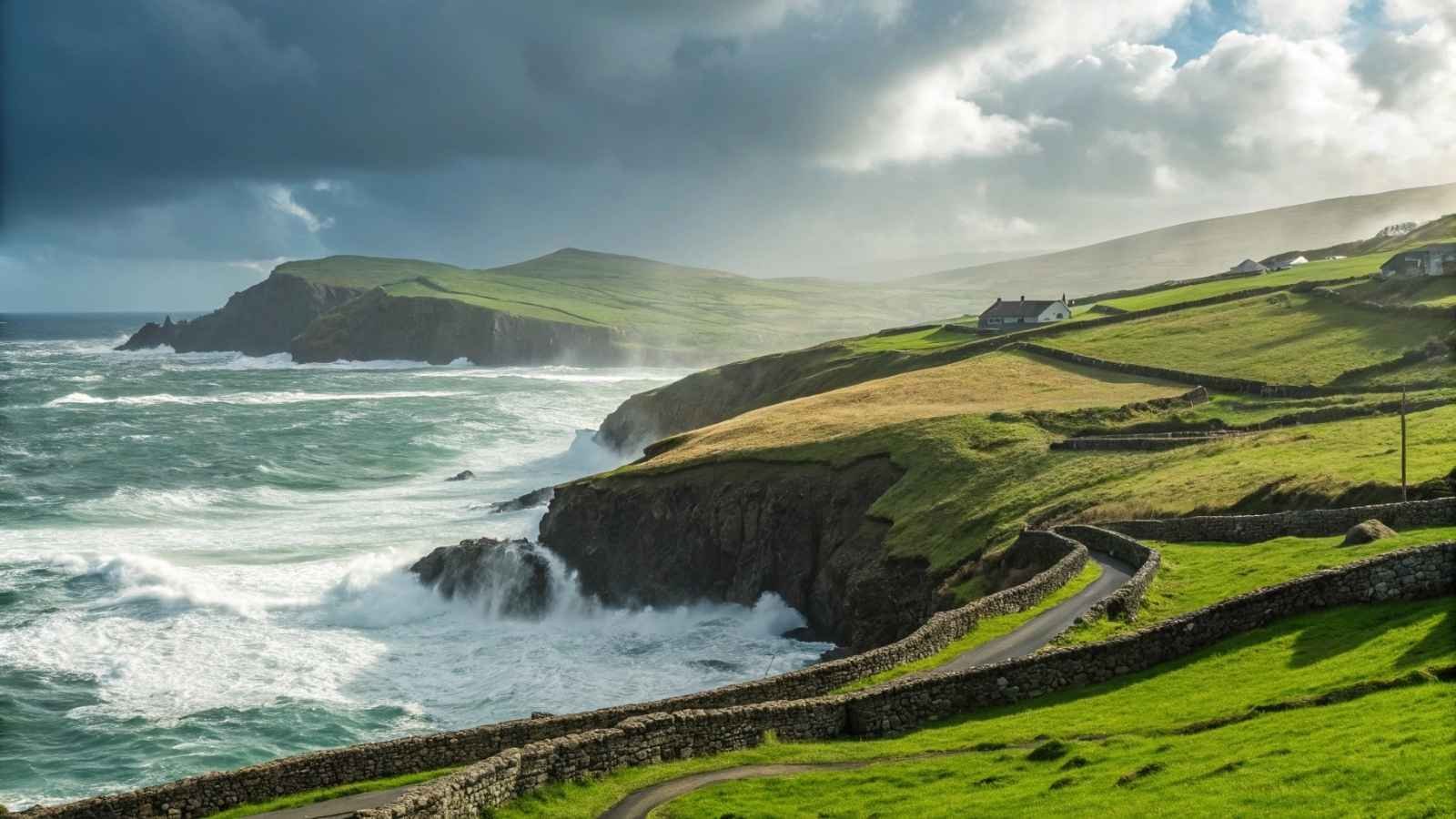
If you want raw coastline and a sense of wildness without the long-haul flight to New Zealand, Ireland’s Wild Atlantic Way delivers. It stretches for over 1,500 miles, taking in cliffs, beaches, villages, and green fields that tumble into the ocean. What makes it so appealing is the variety—you could spend a morning hiking around sea cliffs, then end your day in a cozy pub listening to live music.
This route is dotted with towns and villages that feel distinctly Irish. Places like Dingle, Galway, and Clifden charm travelers with warm welcomes and hearty food. You’ll see traditional culture—stone walls, sheep grazing, and maybe even a bit of Gaeilge spoken in the west. And while the weather can change in a blink, it’s part of the drama. Gray skies and wild seas have their own kind of magic.
It’s also flexible. You can drive the entire route or dip into sections if you’re short on time. No matter what, the mix of rugged landscapes and cultural depth makes it an unforgettable journey.
Quick Travel Notes:
- Best months to visit: May to September for milder weather and festivals.
- Getting there: Shannon, Cork, or Dublin airports; car rental is best.
- Must-do: Cliffs of Moher, Achill Island, and Connemara.
- Cost tip: B&Bs are plentiful and often include generous breakfasts.
7. Tasmania, Australia
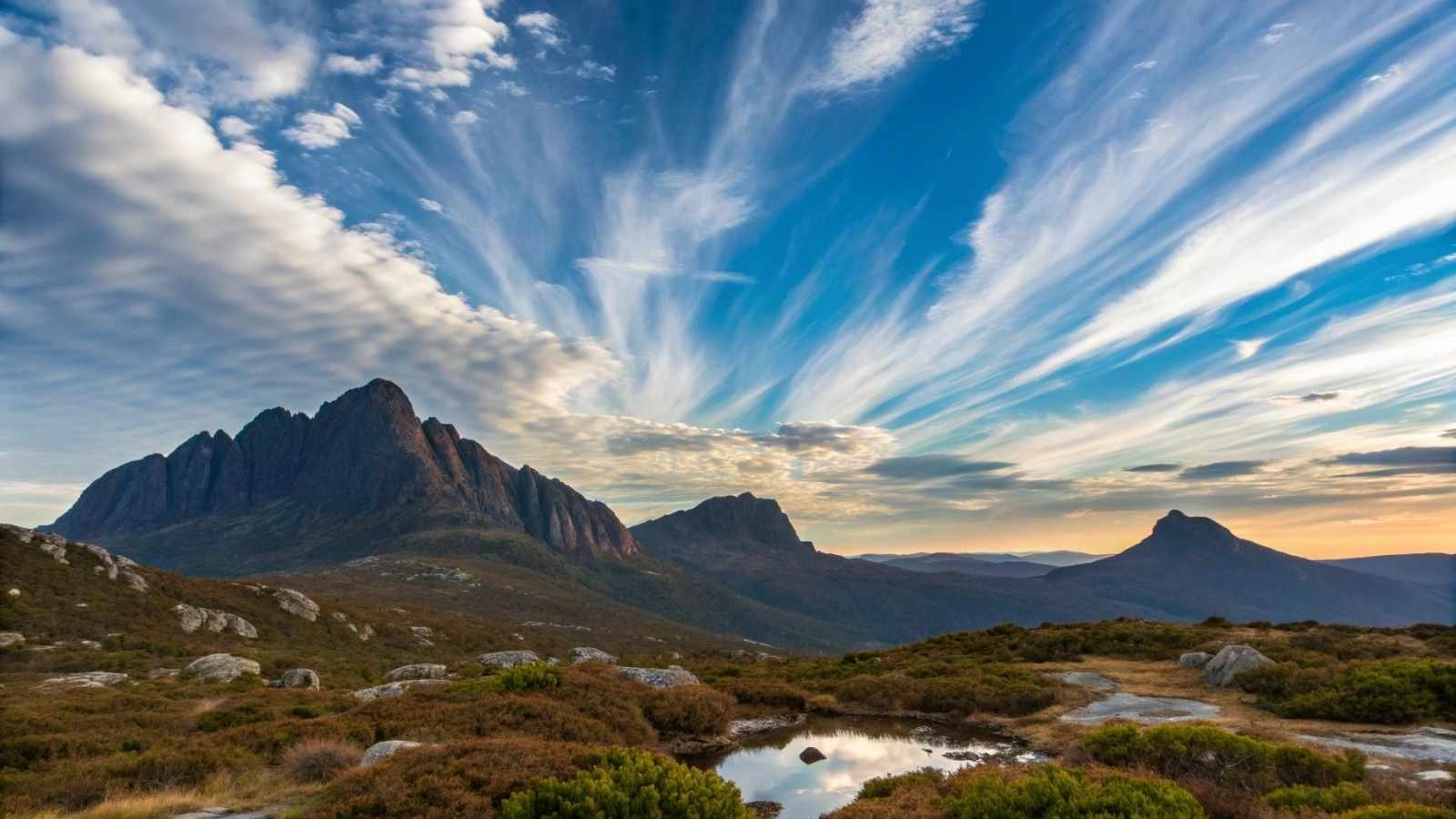
Tasmania feels like Australia’s secret treasure. It’s smaller, greener, and more rugged than the mainland, with a coastline full of hidden coves and beaches. Think dramatic mountain peaks, cool temperate rainforests, and wildlife you won’t see anywhere else. The best part? It’s far less crowded than New Zealand’s tourist spots, but with a similar mix of outdoor adventure and laid-back charm.
The island’s national parks are a highlight. Cradle Mountain-Lake St. Clair offers world-class hiking, while Freycinet National Park’s Wineglass Bay is one of the most photogenic beaches in the Southern Hemisphere. Food and drink are also part of the experience—Tasmania is known for fresh seafood, farm-to-table dining, and excellent cool-climate wines.
There’s also a strong cultural side to Tasmania. Hobart’s MONA (Museum of Old and New Art) has put the island on the contemporary art map, and historic towns like Richmond and Port Arthur give you a taste of its colonial past.
Quick Travel Notes:
- Best months to visit: December to March for warm, dry weather.
- Getting there: Flights from Melbourne, Sydney, or Brisbane; ferries are also available.
- Must-do: Cradle Mountain, Wineglass Bay, and MONA in Hobart.
- Cost tip: Renting a campervan can save on lodging and give more flexibility.
8. Wales’ Snowdonia National Park
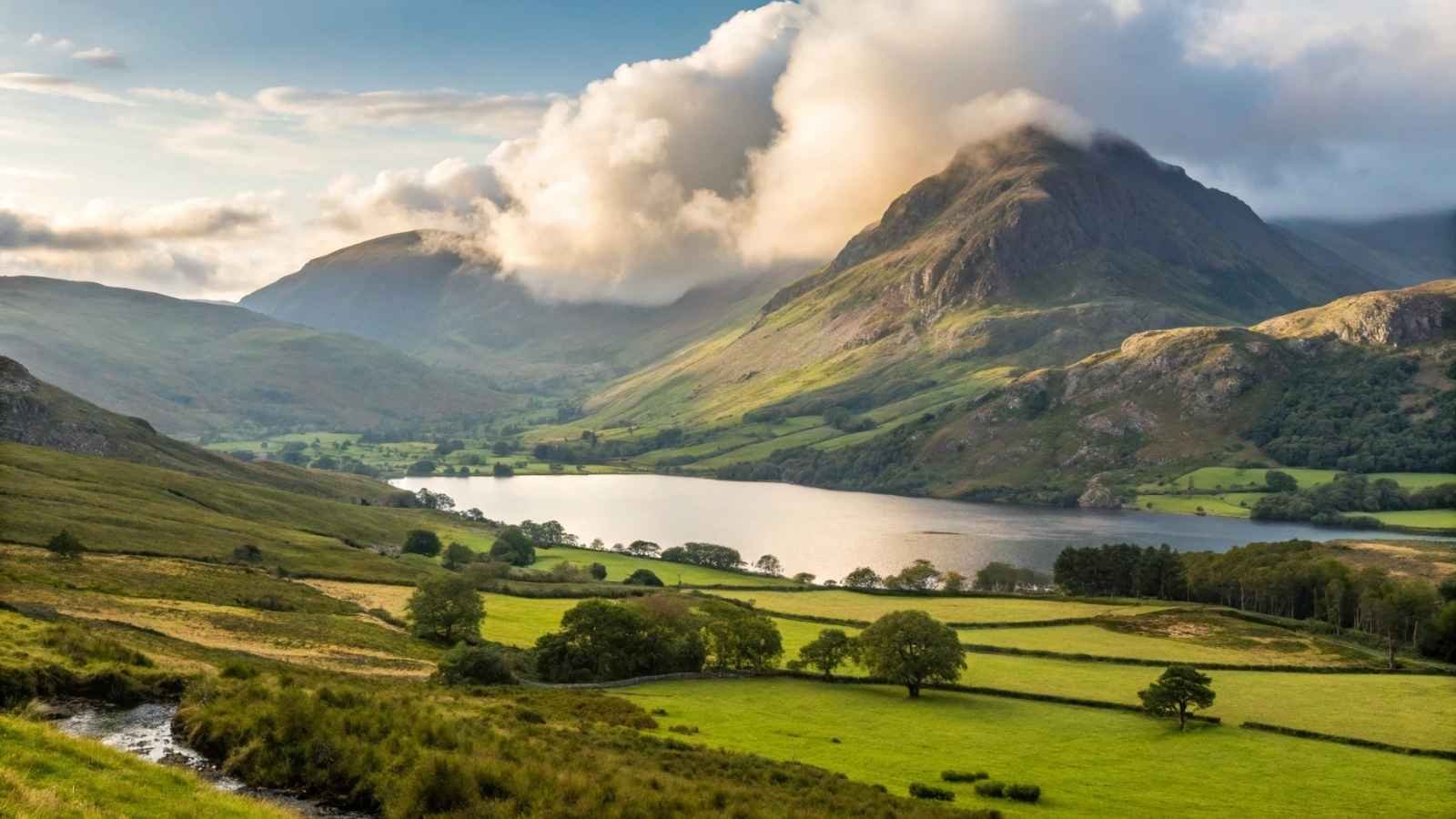
Snowdonia is proof that you don’t need a long flight or a huge budget to find epic landscapes. This national park in north Wales packs in mountains, lakes, castles, and some of the most rewarding hikes in the UK. It’s a perfect swap for travelers who love the outdoors but don’t want to go halfway across the world.
Mount Snowdon is the headline attraction, but there’s so much more to explore—lesser-known peaks, narrow-gauge steam railways, charming villages like Betws-y-Coed, and coastal areas that feel untouched. The combination of rugged terrain and friendly communities makes it ideal for everything from weekend trips to longer escapes.
What keeps people coming back is the accessibility. You can be in Snowdonia within a few hours from major UK cities, yet feel like you’ve escaped to another world. Plus, it’s budget-friendly compared to bigger-name destinations.
Quick Travel Notes:
- Best months to visit: April to September for hiking and mild weather.
- Getting there: Trains to Bangor or driving from Liverpool/Manchester.
- Must-do: Hike Snowdon, explore Beddgelert, and visit Harlech Castle.
- Cost tip: Use hostels or campgrounds; public transport covers key areas.
9. Alaska’s Kenai Peninsula
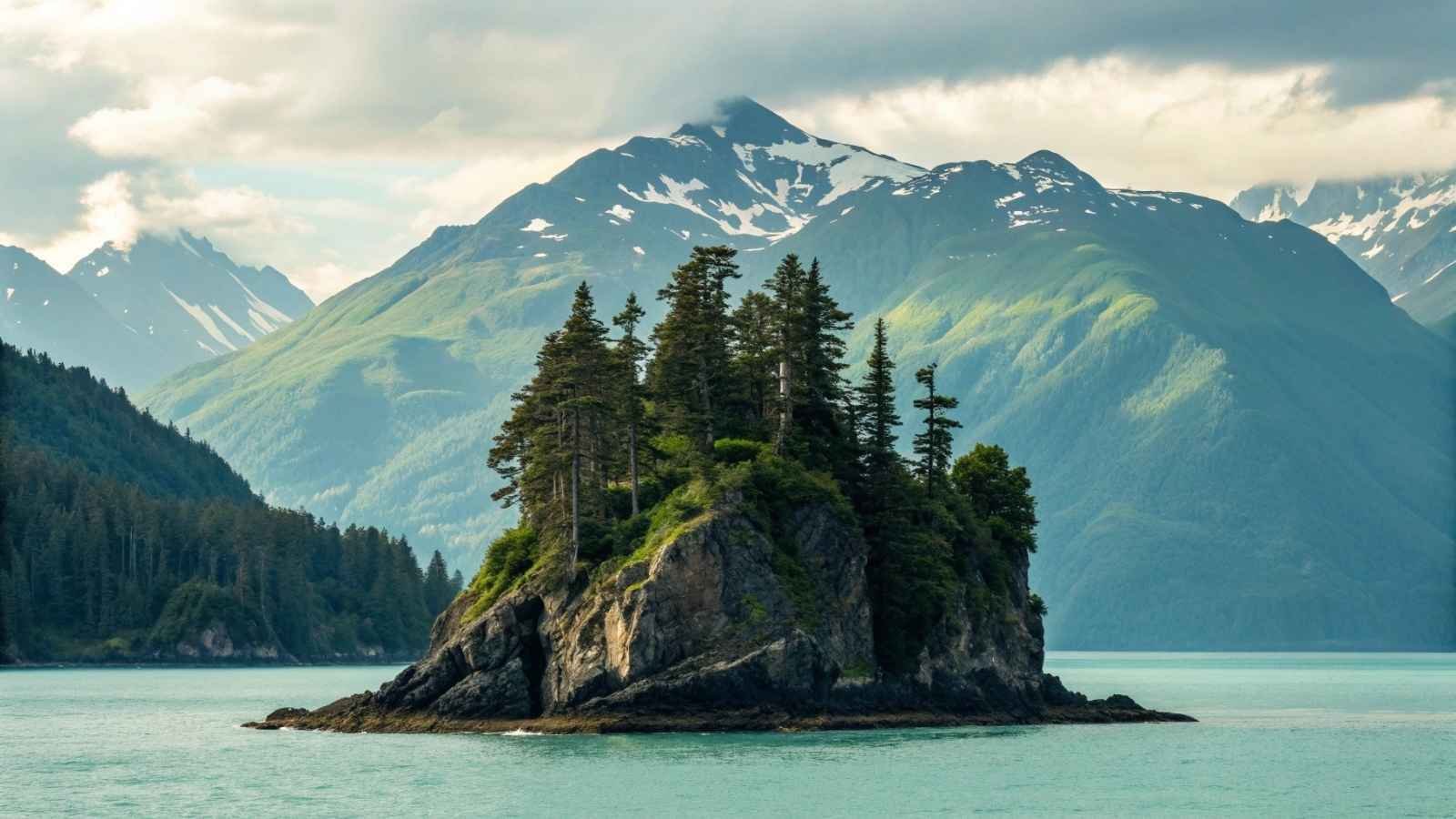
If New Zealand’s South Island appeals to you, Alaska’s Kenai Peninsula will surprise you. It’s dramatic, wild, and huge—but still reachable and manageable for travelers. Glaciers, fjords, wildlife-filled forests, and fishing towns make this region a dream for outdoor lovers.
The highlights here are endless: Kenai Fjords National Park has breathtaking glacier views, Seward is a great hub for marine tours, and Homer offers quirky charm and incredible halibut fishing. Wildlife watching is a major draw—bears, moose, orcas, and bald eagles are part of the scenery.
Despite being remote, the Kenai Peninsula is surprisingly accessible by road. And while Alaska has a reputation for being expensive, if you plan carefully with campgrounds, self-catering, and shoulder season visits, it’s far more affordable than many expect.
Quick Travel Notes:
- Best months to visit: June to August for mild weather and wildlife.
- Getting there: Fly into Anchorage, rent a car or RV.
- Must-do: Kenai Fjords boat tours, Exit Glacier hike, and fishing in Homer.
- Cost tip: Camping and self-catering save significantly on costs.
10. Chilean Patagonia
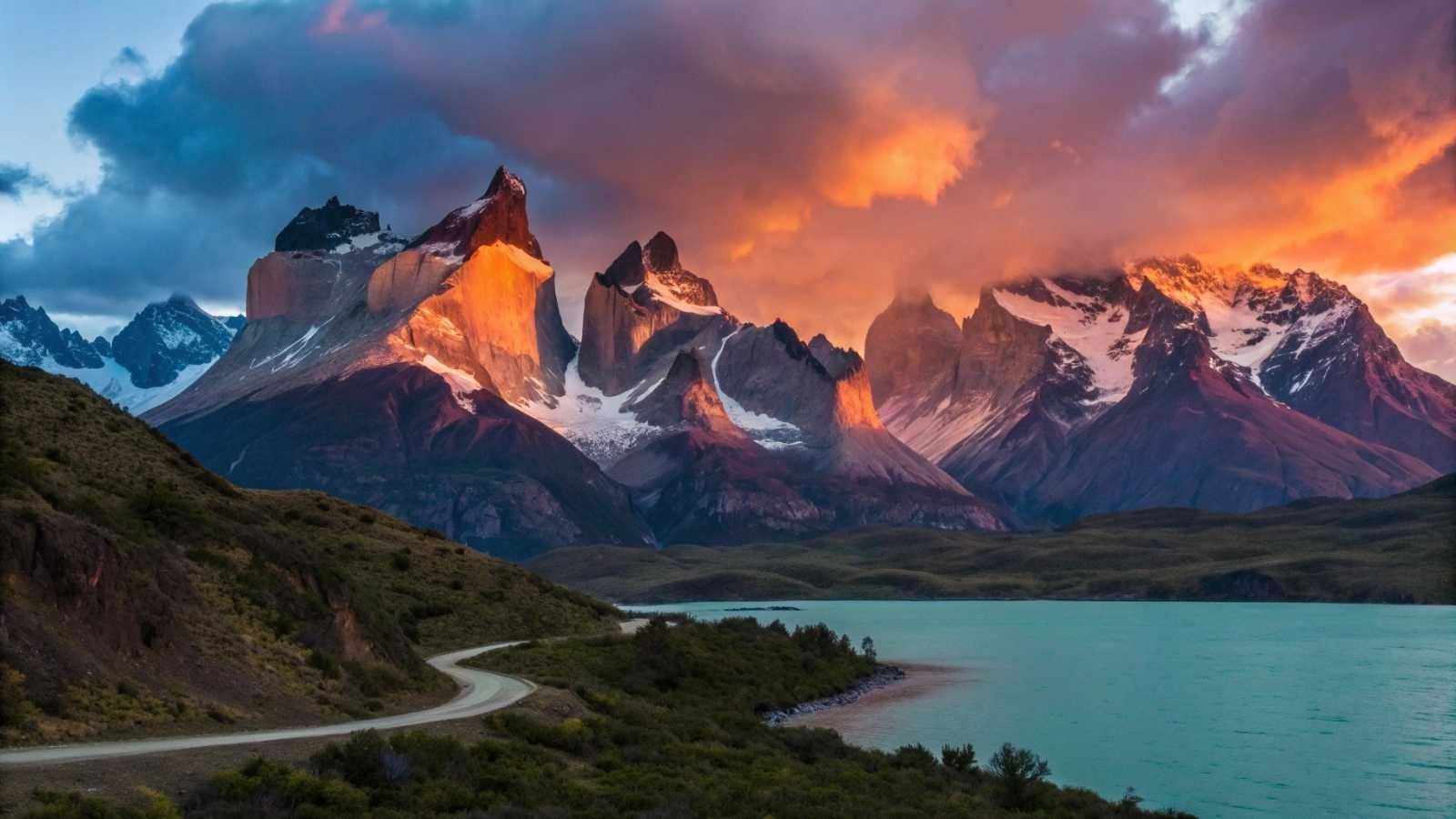
Patagonia is the definition of remote beauty. It’s a land of wind-swept plains, jagged peaks, turquoise lakes, and glaciers that seem to stretch forever. Torres del Paine National Park is the star, but even beyond it, southern Chile’s landscapes feel untouched and powerful.
This is a place for adventure. Multi-day treks like the W Trek or O Circuit are world-famous, but there are shorter hikes and scenic drives that deliver incredible views without heavy planning. The sense of isolation is part of the appeal—few places make you feel quite so small in the best possible way.
Patagonia isn’t the cheapest or easiest to reach, but it’s worth it. It delivers that same feeling of “edge of the world” drama that draws people to New Zealand, but with South American flair, friendly locals, and plenty of room to roam.
Quick Travel Notes:
- Best months to visit: November to March for the best weather.
- Getting there: Flights to Punta Arenas; buses or tours into the park.
- Must-do: Torres del Paine, Grey Glacier, and the W Trek.
- Cost tip: Book refugios early or consider camping to cut costs.
11. Sweden’s Abisko and Lapland Region
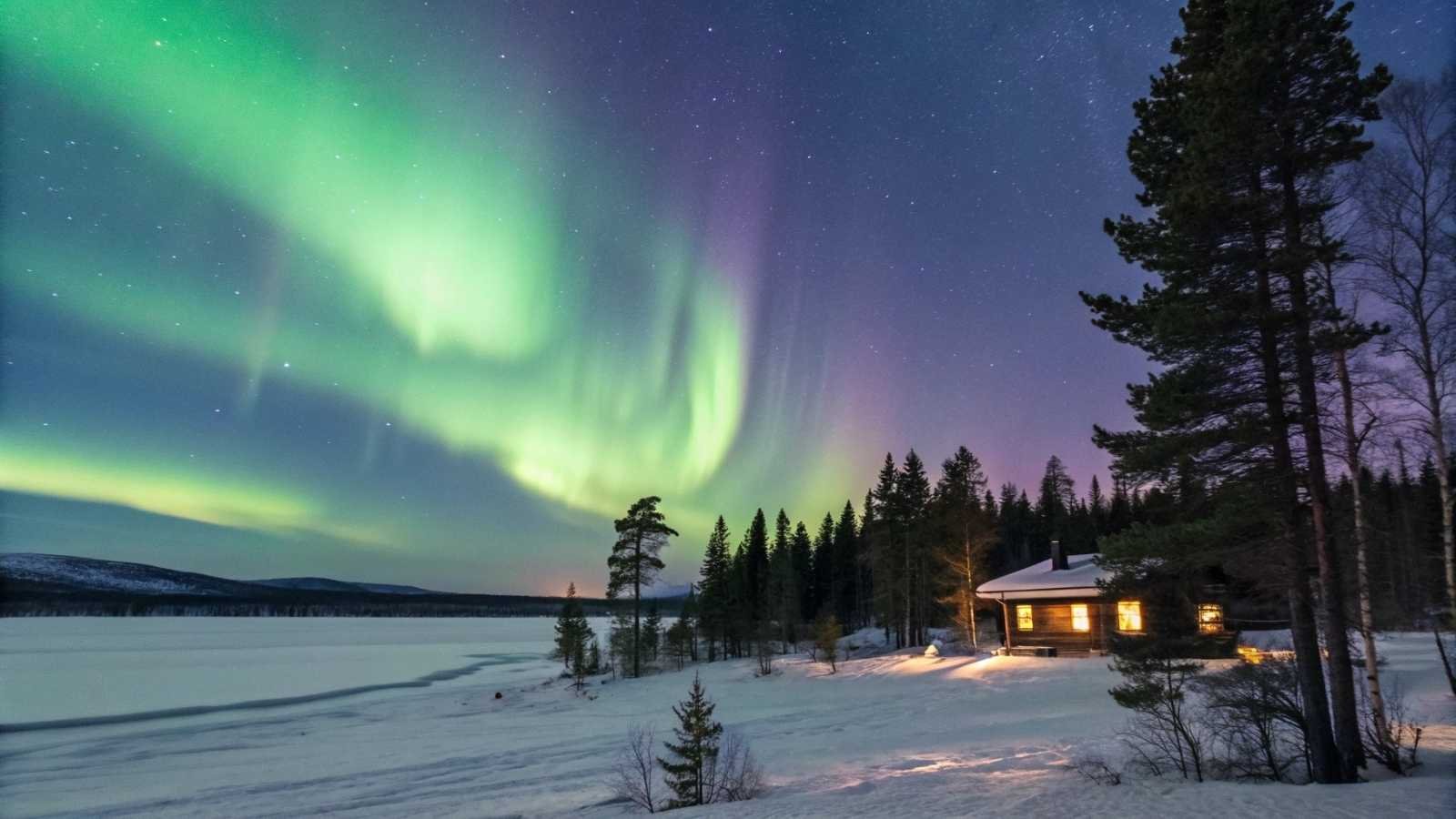
Northern Sweden doesn’t get the same hype as Iceland or Norway, but that’s exactly why it’s worth your attention. Abisko and the wider Lapland area offer vast, untouched wilderness, glassy lakes, and some of the best chances to see the Northern Lights anywhere. In summer, it’s endless daylight and wildflowers; in winter, it’s husky sledding, skiing, and frozen beauty.
The region feels adventurous but welcoming. Abisko National Park is small enough to navigate easily, yet it packs a punch with hiking trails like the Kungsleden, crisp mountain air, and deep silence. The nearby Icehotel in Jukkasjärvi adds something special—sleeping in an artfully carved room of snow and ice is an unforgettable story to tell.
It’s a slower pace here, less commercial than other Nordic spots, and that’s its charm. The experience is less about ticking off sights and more about soaking in landscapes that feel infinite.
Quick Travel Notes:
- Best months to visit: December to March for Northern Lights; June to August for hiking.
- Getting there: Fly into Kiruna; trains and buses connect to Abisko.
- Must-do: Kungsleden trail, Aurora Sky Station, Icehotel.
- Cost tip: Budget cabins and self-catering keep costs down.
12. Slovenia’s Julian Alps
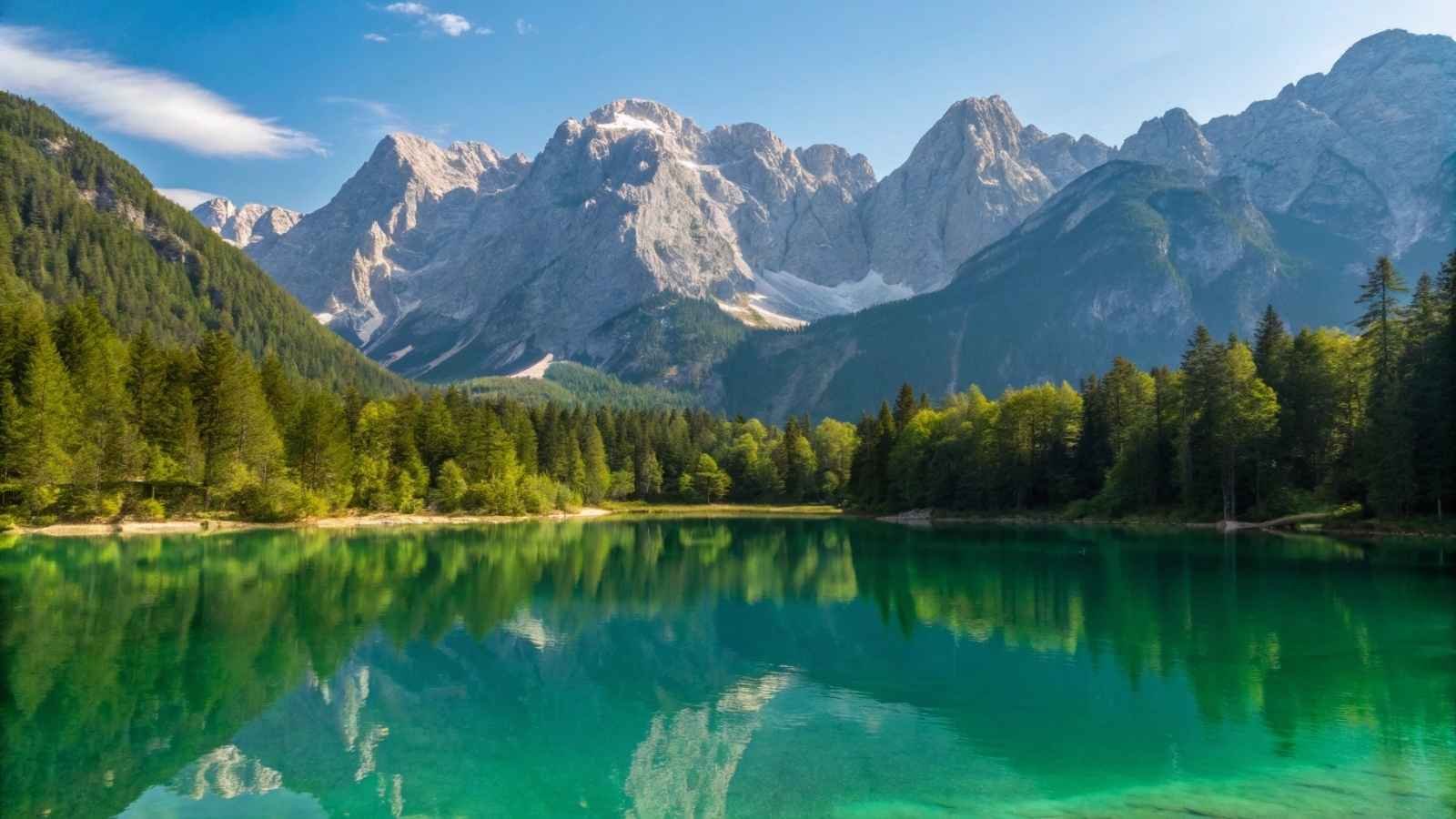
Compact but spectacular, Slovenia’s Julian Alps are a dream for travelers who want Alpine beauty without the Alpine price tag. The scenery rivals Austria or Switzerland—crystal-clear lakes, rugged peaks, and charming villages—but with fewer tourists and gentler costs.
Lake Bled gets most of the fame, and yes, it’s beautiful, but venture further. Triglav National Park and Lake Bohinj are quieter, wilder, and arguably even more stunning. The hiking here is top-notch, but you don’t need to be an expert; plenty of trails are perfect for beginners. Foodies will also love the mix of Mediterranean and Central European flavors, with mountain huts serving hearty stews and pastries.
Another plus: Slovenia is so compact that you can combine mountains, lakes, caves, and wine country in a single trip. It’s a destination that makes you feel like you’ve stumbled onto something special, without the stress of overplanning.
Quick Travel Notes:
- Best months to visit: May to September for hiking and outdoor activities.
- Getting there: Fly into Ljubljana; buses and car rentals are easy.
- Must-do: Lake Bohinj, Vintgar Gorge, Mount Triglav.
- Cost tip: Guesthouses and farm stays are affordable and atmospheric.
13. Azores, Portugal
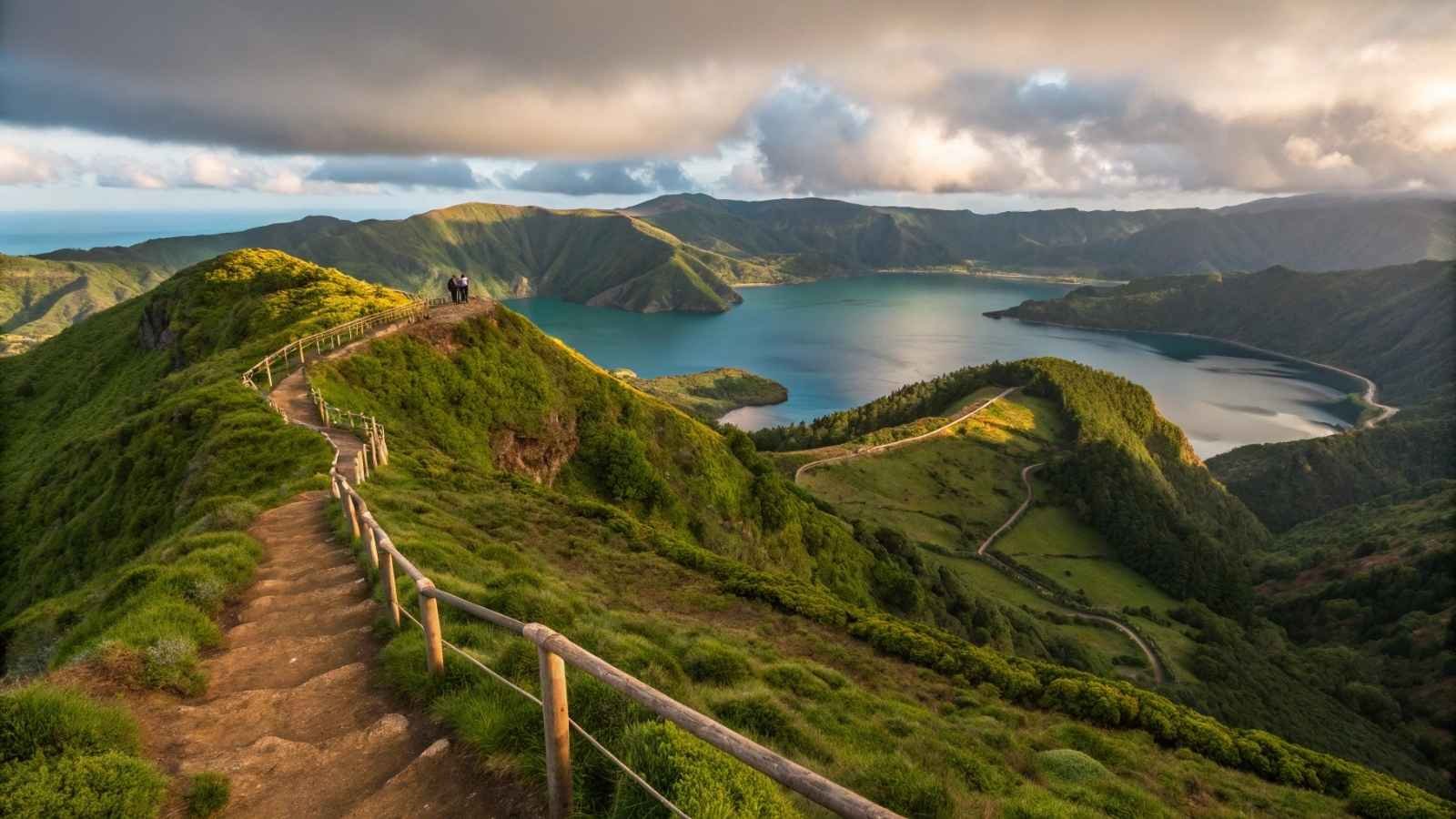
Nine volcanic islands in the middle of the Atlantic—sounds remote, but they’re surprisingly easy to reach. The Azores offer lush green landscapes, crater lakes, black-sand beaches, and steaming hot springs, all without the tourist rush of better-known destinations.
Each island has its own personality. São Miguel is famous for its lakes and tea plantations, Pico has dramatic volcanic peaks and world-class wines, and Terceira charms with colorful towns. It’s also a haven for adventure lovers: whale watching, diving, canyoning, and hiking all come with a backdrop that feels otherworldly.
Because it’s part of Portugal, the Azores are also wonderfully affordable compared to long-haul destinations. Meals, lodging, and rental cars won’t drain your wallet, yet the scenery feels anything but ordinary.
Quick Travel Notes:
- Best months to visit: April to October for the best weather.
- Getting there: Direct flights from Lisbon, Porto, and some U.S./EU cities.
- Must-do: Sete Cidades, Furnas hot springs, Pico Mountain climb.
- Cost tip: Island-hop with budget airlines or ferries for variety.
14. Svalbard, Norway
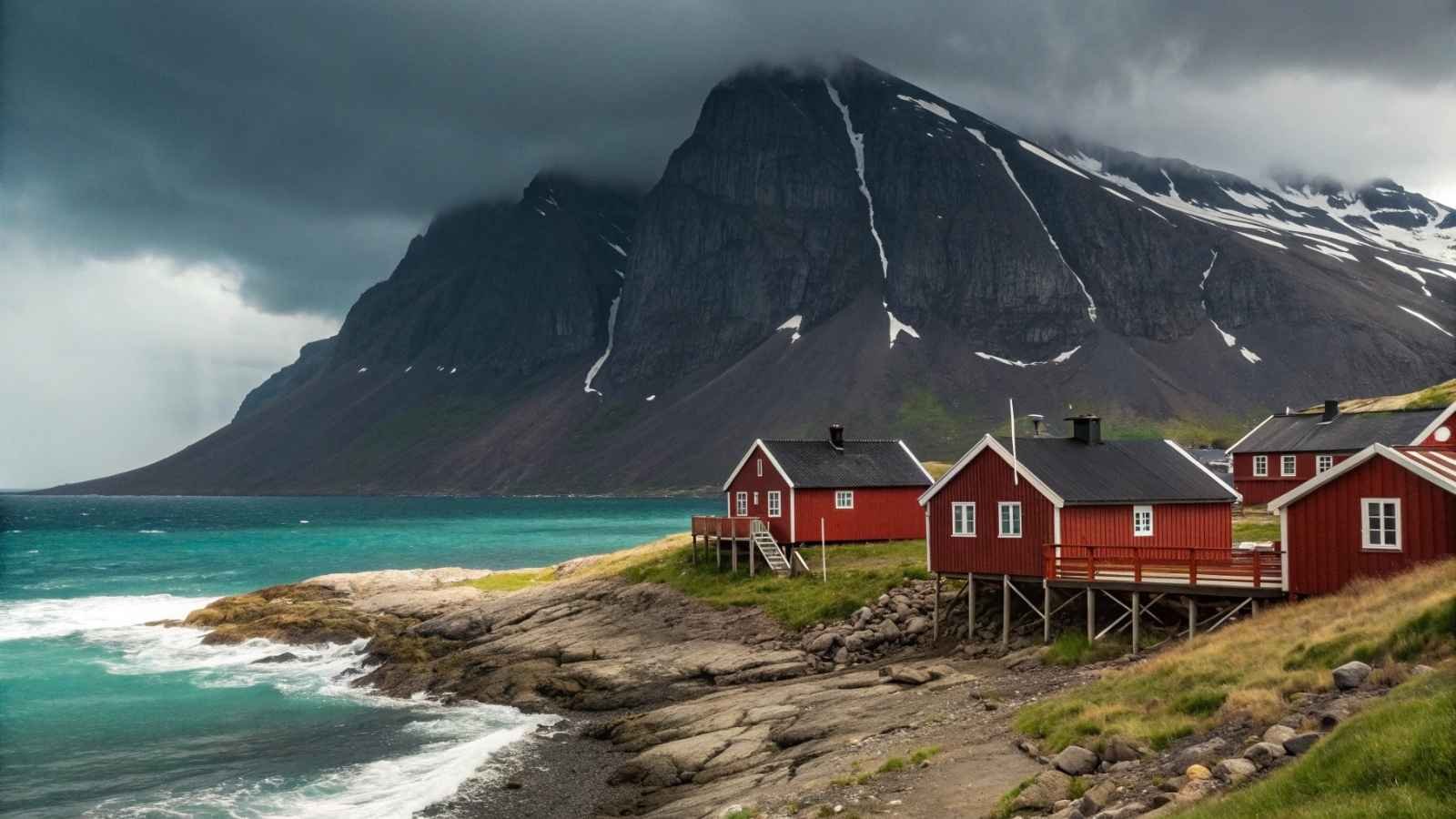
If the idea of going to the ends of the earth excites you, Svalbard delivers. This Arctic archipelago sits halfway between mainland Norway and the North Pole, and it’s pure drama: glaciers, polar bears, ice caves, and a sense of isolation that’s unforgettable.
Longyearbyen, the main settlement, is small but surprisingly cozy, with cafés, museums, and even a brewery. Outside town, it’s wild—snowmobiles, dog sleds, and boat trips take you into landscapes where nature is in charge. The midnight sun in summer and polar night in winter mean every season is an adventure.
Svalbard isn’t cheap, but it’s a bucket-list destination for those seeking something truly different. The fact that you can be this far north and still find a bed and a warm meal makes it an accessible Arctic experience.
Quick Travel Notes:
- Best months to visit: March to May for snow activities; June to August for midnight sun.
- Getting there: Flights from Oslo or Tromsø.
- Must-do: Boat trip to glaciers, wildlife spotting, and coal mining history.
- Cost tip: Join group tours; independent travel is expensive.
15. Isle of Skye, Scotland
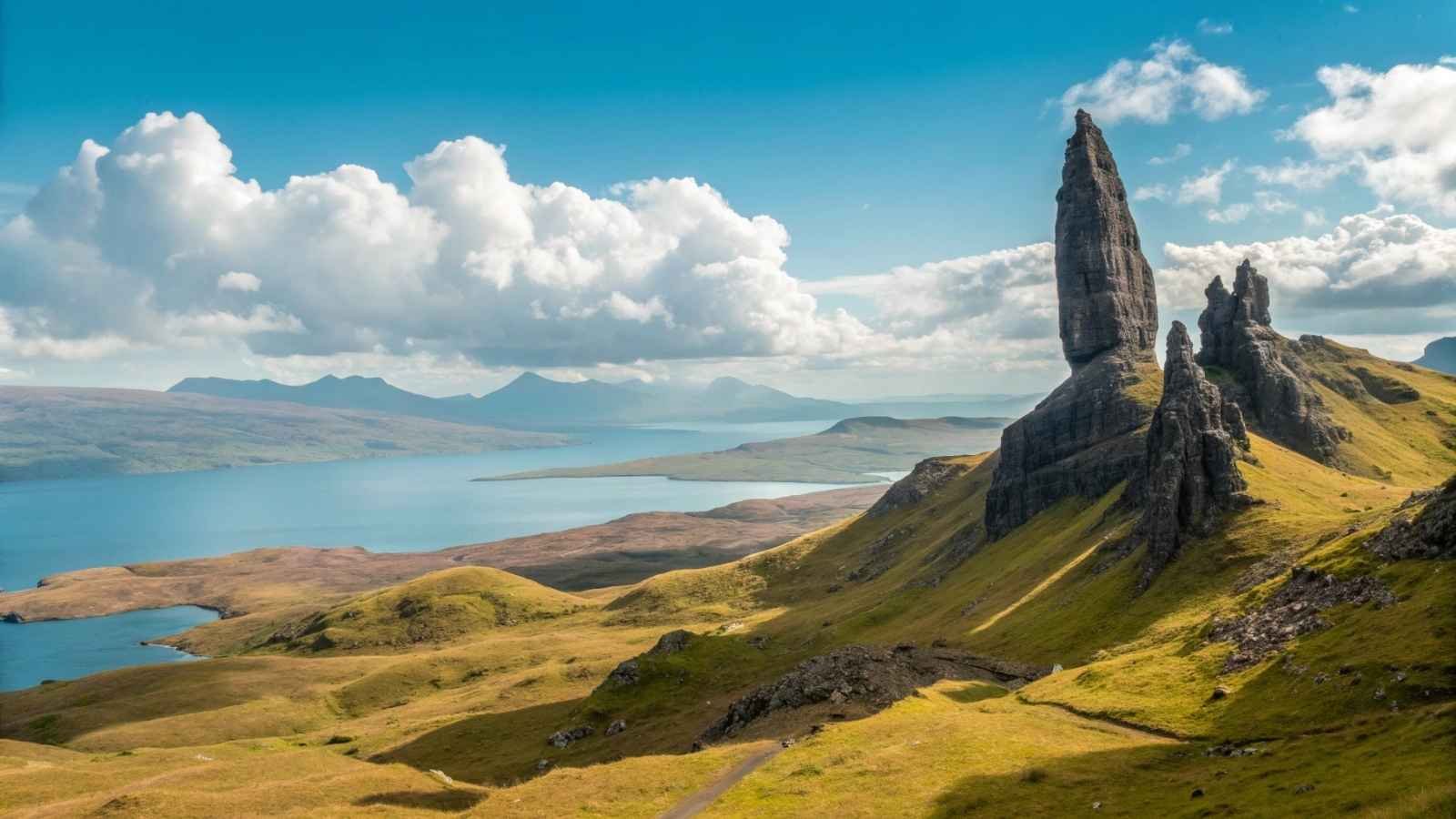
Skye is the kind of place that makes you slow down. Its landscapes feel almost mythical—jagged ridges, fairy pools, sea cliffs, and ancient castles. Despite its popularity, there are still quiet corners if you know where to look.
The Quiraing and Old Man of Storr hikes are iconic for a reason, offering views that don’t seem real. Portree, the island’s main town, is colorful and welcoming, and seafood here is some of the best in Scotland. But the best part of Skye is the sense of discovery—roads wind through misty glens and reveal something new around every corner.
It’s an easy detour if you’re already in the UK, and unlike New Zealand’s long distances, everything is compact here. A few days on Skye can give you an incredible variety of scenery and culture.
Quick Travel Notes:
- Best months to visit: May to September for long days and fewer storms.
- Getting there: Drive from Inverness or Glasgow; bridges and ferries connect.
- Must-do: Old Man of Storr, Fairy Pools, Dunvegan Castle.
- Cost tip: Book early—accommodation fills fast, especially in summer.


